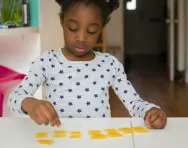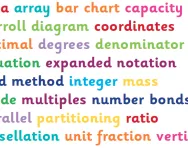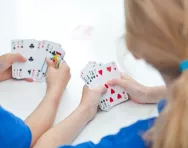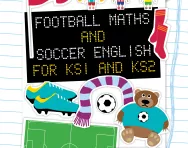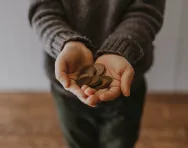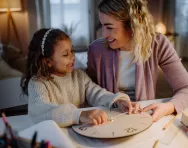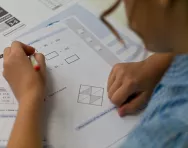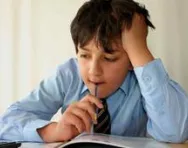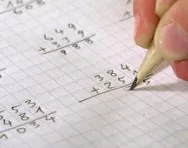Important update from TheSchoolRun
For the past 13 years, TheSchoolRun has been run by a small team of mums working from home, dedicated to providing quality educational resources to primary school parents. Unfortunately, rising supplier costs and falling revenue have made it impossible for us to continue operating, and we’ve had to make the difficult decision to close. The good news: We’ve arranged for another educational provider to take over many of our resources. These will be hosted on a new portal, where the content will be updated and expanded to support your child’s learning.
What this means for subscribers:
- Your subscription is still active, and for now, you can keep using the website as normal — just log in with your usual details to access all our articles and resources*.
- In a few months, all resources will move to the new portal. You’ll continue to have access there until your subscription ends. We’ll send you full details nearer the time.
- As a thank you for your support, we’ll also be sending you 16 primary school eBooks (worth £108.84) to download and keep.
A few changes to be aware of:
- The Learning Journey weekly email has ended, but your child’s plan will still be updated on your dashboard each Monday. Just log in to see the recommended worksheets.
- The 11+ weekly emails have now ended. We sent you all the remaining emails in the series at the end of March — please check your inbox (and spam folder) if you haven’t seen them. You can also follow the full programme here: 11+ Learning Journey.
If you have any questions, please contact us at [email protected]. Thank you for being part of our journey it’s been a privilege to support your family’s learning.
*If you need to reset your password, it will still work as usual. Please check your spam folder if the reset email doesn’t appear in your inbox.
Learning numeracy at home

National curriculum numeracy provides the foundations upon which your child's mathematical knowledge will be based. However, the importance of putting these skills into practice in the everyday world shouldn’t be underestimated. In fact, learning through concrete examples helps consolidate classroom learning by providing more memorable experiences of numeracy for children to draw from. It also shows them the value of the skills they’re learning.
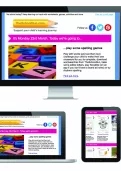
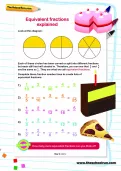
Start a unique learning programme!
- Weekly programme for each school year
- Worksheets sent direct to your inbox
- Keeps your child's learning on track
Try these activities to boost your child’s numeracy skills:
Symmetry
Resources needed: old magazines and scissors
Cut out a picture of something that’s symmetrical from a magazine. Fold it along the line of symmetry. Talk to your child about why it is symmetrical. Get your child to explore your home for symmetrical designs. Look at wallpaper, floor tiles, pictures, bedspreads and appliances. How many can they find? For older children, help them point out shapes that have more than one line of symmetry.
Fractions
Resources needed: jug, 4 cups, water
Fill the jug with water. Pour different amounts of water into each cup: 1/3, 1/2, 3/4 and a completely full cup. Sit them in front of your child and talk about how they relate to each other. Questions to ask include: Which has the most and least amount of water? Can you put them in order? What would happen if you were to add, say, the ¼ cup to 1/2 cup? You can also teach fractions with apples, cakes or pizza sliced equally into four or more.
Money skills
Resources you need: a variety of coins, paper and a pencil
You need a few of each coin (such as 2p, 5p, 10p, 20p, 50p, £1). Ask your child to tell you how many coins you have. Can they put them in order of greater and smaller size? Ask your child to tell you which coin has the highest number on it and which the least? Can she put them in order of greater and smaller numbers? Why is the 2p less than the 5p?
Get older children to add up the total amount and write it down in the correct format, for example, ‘£3.45’. Take away some of the coins and ask them to add it up again. How much does it come to? How much is missing? If they needed to buy something that cost 75p how much would they have left?
